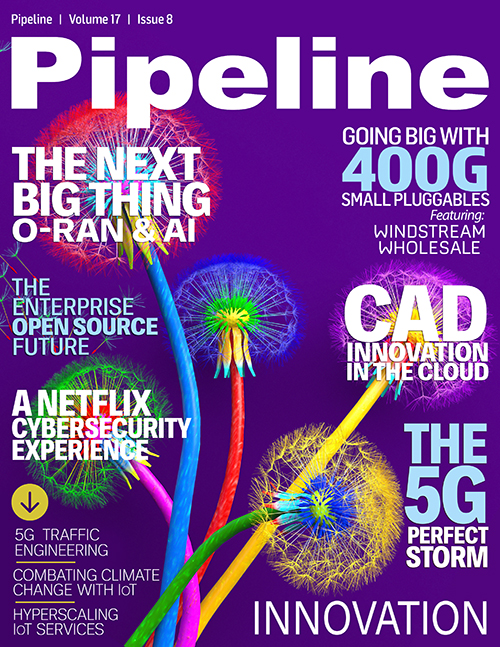Combating Climate Change with IoT
By: Adam Cousin, Michael Sharratt

Most of the time, when we think about the effects of climate change, we think about the lasting potential damage to the global environment. But climate change has plenty of short-term effects as well, including those that affect the lives of individuals around the world on an everyday basis. For many, tackling the climate change crisis is no longer just about securing a better, cleaner world for their grandchildren. It’s also about living long enough to meet them.
Rapid, largely unchecked growth in the number of vehicles on the road is a huge contributor to both global climate change and declining human health in densely populated cities. The transportation sector accounts for around a quarter of CO2 emissions globally and roughly 385,000 people worldwide died prematurely in 2015 from air pollution caused by vehicle exhaust emissions. Additionally, 14 percent of global greenhouse gas emissions come from the transportation sector and vehicle emissions, contributing to 3.2 million deaths globally per year.
While scientists, environmental activists, and policy makers battle over what to do about the long-term effects of climate change, the rest of us are left to deal with those effects as we go about our daily lives. In the meantime, people in many parts of the world have turned to the use of individual air quality monitoring systems, many of which are literally wearable devices that they can use to track air quality—or the lack thereof—as they go about their daily routines.
A unique opportunity
In an environment where there’s so much at stake and infinite potential for improvement, there is also a unique opportunity for technology companies across the entire spectrum to create tangible long-term change while also capitalizing on a rapidly emerging growth market. A recent GSMA study addressed increased attention to air quality and noted that, “There is increasing interest from the public, city administrators and regulators in the air quality within cities; there is also much greater awareness of the costs and impact of poor air quality. There are strong market forecasts for continued growth in this sector, in part driven by the needs of governments to reduce air pollution. Governments, cities, and entrepreneurs will continue to invest in this sector, as without safe, clean air, cities and communities cannot flourish. Advances in computing power, big data and the IoT, coupled with emerging mobile IoT communications technologies, create opportunities for mobile operators to develop new revenue streams from air quality data products, services and solutions. This guide has identified multiple roles that operators can fulfill, a range of different customers and many different air quality services. The case studies show that operators are actively delivering air quality services and adopting the roles identified; some operators have commercial service offerings. In general, roles higher up the value chain require more change and investment to deliver, but deliver higher-value revenues.
The GSMA study revealed that the global market for air pollution control equipment is expected to increase from around $14 billion in 2016 to more than $20 billion in 2021, a compound annual growth rate (CAGR) of 7.8 percent. Business-to-business spending on IoT technologies and solutions was expected to reach $267 billion by the end of 2020, with spending on air quality sensing devices alone expected to reach $5.64 billion by the end of 2021.
As big as these numbers are, their overall benefits are even more significant for all parties involved. Governmental bodies can avoid fines for poor air quality, reduce health spending and obtain higher taxation revenues from increased economic output. City administrators can benefit from carbon trading, green bonds and more informed urban planning that delivers an improved urban environment. Regulators can ensure regulatory compliance through a new independent monitoring platform while also reducing societal impact from poor air quality. Third-party solution developers can create value by offering new products and services to businesses and consumers.



















